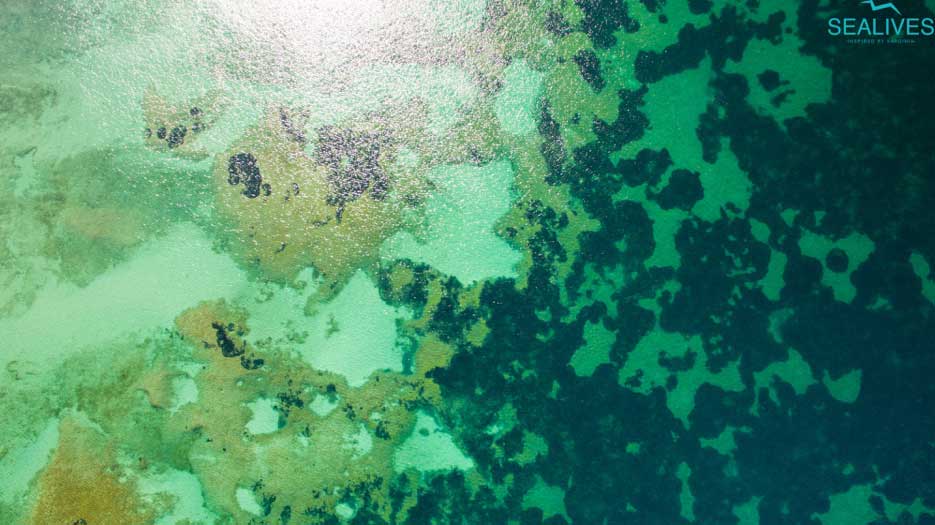
Posidonia, a marine plant, not an algae!
The Posidonia oceanica is a plant which, despite what the name says, inhabits exclusively the Mediterranean Sea. Like the plants most familiar to us from terrestrial environments, the trees of the woods, the shrubs of the maquis or the sea lilies of the beach, Posidonia oceanica is a real plant, provided with roots, stem, leaves, flowers and fruits and therefore not a ‘seaweed, as many mistakenly think. Posidonia oceanica and its meadows are of enormous importance for marine life. Particularly protected by international and national regulations, they are in danger mainly due to the illegal conduct of trawling and the careless anchoring of boats.
Oxygen in the sea!
Like any plant, Posidonia also exploits the mechanism of chlorophyll photosynthesis, i.e. through sunlight it releases oxygen, up to 20 liters of oxygen per day for each square meter of prairie. For this to be possible, the water in which the Posidonia is found must be clear, so that the sunlight can penetrate it and reach the bottom.
Where do all the leaves and fruit we see floating on the beach come from? As with trees, the Posidonia leaves begin to fall in autumn and new ones appear in winter.

At the end of their life, the leaves, now completely brown, arrive on the coast transported by the sea, sometimes forming banks of considerable size, the banquettes. The P. oceanica that accumulates on the sandy coasts becomes both a barrier that attenuates the impetus of the waves, reducing beach erosion, and a new ecosystem that welcomes life forms that consume the organisms that inhabited the fresh P. oceanica.
Curiosity:

